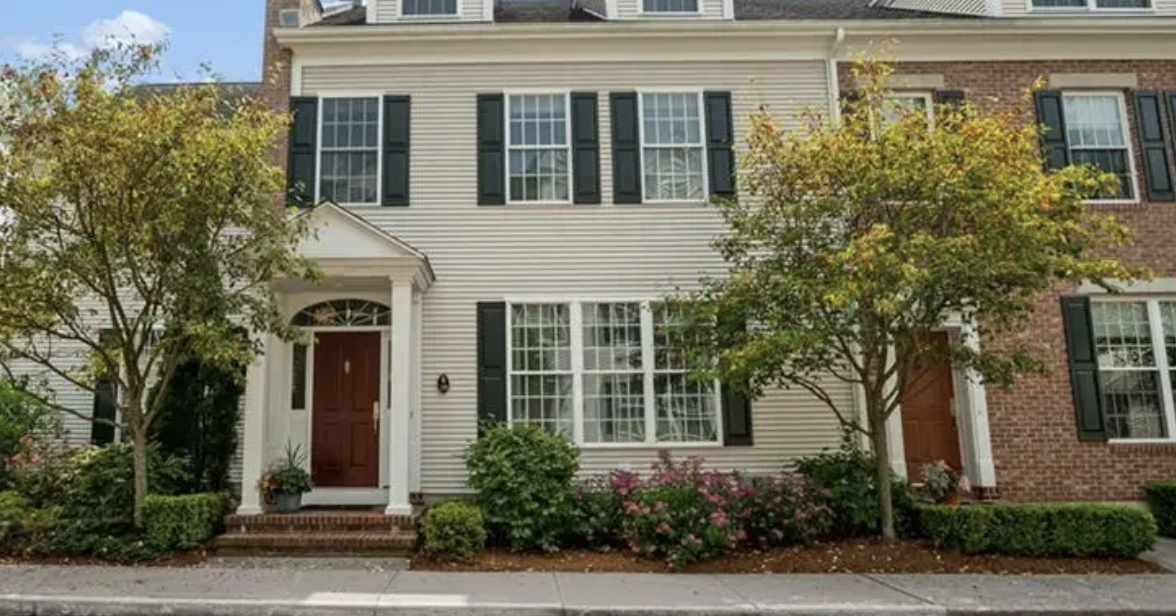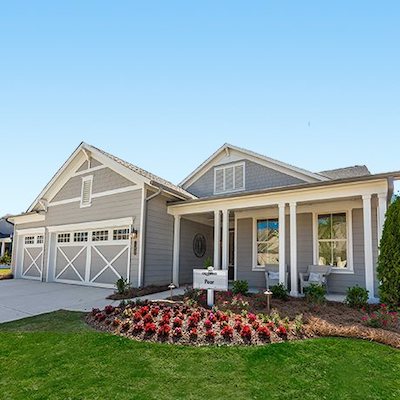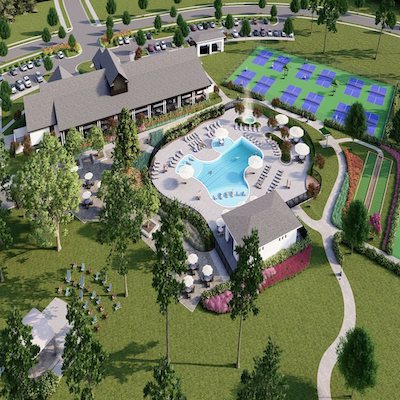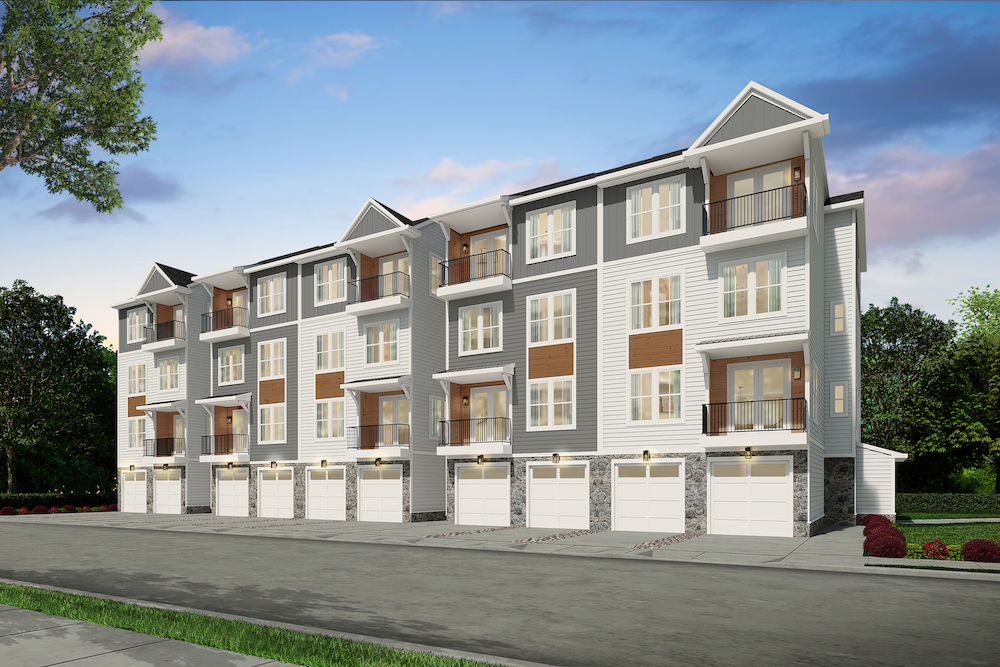Category: Retirement Real Estate
October 16, 2018 -- Here is a conundrum facing many retiring baby boomers, particularly those from the Northeast. You dream of escaping cold winters and snow, and replacing those annoyances with warm winters, sandy beaches, and being outside in shorts all year round. But, the Eastern and Gulf coasts of the U. S. come along with a big problem - hurricanes! This article will explore the issues associated with retiring to an area prone to hurricanes, a danger that recent history has shown to be a growing and very serious threat.
To tackle the issue we’ll break it up into three parts: what to
more...
Published on October 15, 2018
Comments 33
Category: Retirement Real Estate
August 11, 2018 -- For most of human history the most common housing model was for multi-generations to live under the same roof. In a typical scenario a widowed grandfather or grandmother would be living in a home with one of their married children, along with the children of that union. The generations chipped in to support the others - whether it was cooking, childcare, or financial - and typically enjoyed the benefit of living close together. The phenomenon became much less common in the 20th century. The advent of Social Security and financial independence of the elderly was probably one reason, and as nursing homes and assisted living became more common,
more...
Published on August 11, 2018
Comments 5
Category: Retirement Real Estate
June 5, 2018 -- Almost half of baby boomers, unfortunately, have not saved enough money for retirement. That means they face a cut in the quality of their lifestyle. But for many fortunate folks who own a valuable home, particularly in a hot real estate market, a potential rescue is at hand. For example, retirees in coastal California in places like San Francisco, San Jose, Los Angeles and San Diego have the option to sell their home, buy or rent a home better suited to a retirement lifestyle elsewhere, and pocket hundreds of thousands of dollars in the process. People with valuable homes who live in New York and its close-in suburbs, as well as other affluent markets, can catch a similar lifeboat. This article will explore where some of the refugees from America's hottest real estate markets are moving.
According to a recent report on the Trulia Blog, coastal California Metros are the perfect example of real estate good luck. In San Francisco, San Jose, Los Angeles, and San Diego homes on the market averaged $720,000 in March 2017, almost triple the $250,000 reported nationally. New York registered high median listing prices too, nearly $440,000. While these high real estate prices are not
more...
Published on June 5, 2018
Comments 14
Category: Retirement Real Estate
Note: This is Part 1 of a 2 Part series. Part 2 is "The Worst Places to Retire: Weather and Natural Disasters".
September 14, 2017 -- The devastation caused by Hurricane Harvey in Texas and Irma in Florida will provide many painful lessons for snowbirds and Sunbelt retirees. Those experiences impact where to live, what type of housing to choose, and whether to rent or buy. This article will explore those factors. We are grateful to Alan E for suggesting this topic. See bottom for more related articles on renting vs. buying and natural disasters.
Where to live
Almost every area of the country has its own set of natural disasters to worry about; it is hard to find a place that is immune to at least one of these: earthquake, hurricane, tsunami, blizzards, floods, sinkholes, tornadoes, droughts, wildfires, etc. When it comes to choosing a place to retire, it really boils down to picking your poison.
Over the long term Florida and Texas have had more devastating hurricanes than anywhere else, although in recent years New York, New Jersey, and Connecticut had more. Because Florida is a peninsula with coasts on three sides, the
more...
Published on September 13, 2017
Comments 19
Category: Retirement Real Estate
January 13, 2017 -- The average size of newly built homes decreased in 2016 - a sign that builders are preparing for the coming wave of first-time buyers as Millennials begin to dip their toes into the market. At least that is the conclusion reached by the National Association of Home Builders (NAHB).
In 2015, the typical new home had 2,689 square feet. In 2016, it dropped to 2,634, according to figures supplied by the U.S. Census Bureau. That's the first drop in size since 2009, said Rose Quint, NAHB assistant vice president for survey research.
"The data on new home characteristics show a pattern," she said. "2016 marked the end of an era that began in 2009 when homes got bigger and bigger with more amenities. I expect the size of homes to continue to decline as
more...
Published on January 12, 2017
Comments 42
Category: Retirement Real Estate
December 30, 2016 -- Real estate in the last 15 years has been like an rollercoaster - cozy ups, terrifying downs, and hairpin turns. But like a great 'coaster, the ride feels different depending on where you sit - those on the ends get the big thrills while middle riders enjoy a slightly smoother ride. That is the conclusion of The Wall St. Journal's recent analysis of the latest real estate prices from October's S&P CoreLogic Case-Shiller National Home Price Index and other sources.
After dropping 27% from 2006 to 2012, average home prices rose 5.6% on the last 12 months, a record high (although not when counting inflation). But that is the national average, regional variations tell a significantly different story.
The Wall St. Journal reported that data from Weiss Analytics, a housing-data firm, indicates that zip codes where the median
more...
Published on December 29, 2016
Comments 12
Category: Retirement Real Estate
Dec. 7, 2016 -- The ultimate dream for many a baby boomer is to buy a home on the edge of the sea. Brilliant sunrises, grandkids playing in the sand or swimming off the fishing dock, and fiery sunsets are all part of that dream. Unfortunately, the reality of rising seas is threatening that good life. A recent article in the NY Times, "Perils of Climate Change Swamp Coastal Real Estate", found that real estate prices in flood prone areas of the U.S. are either declining, or not rising as fast as in other parts of the country.
(Courtesy of Wikipedia)
It used to be that potential buyers of coastal property
more...
Published on December 6, 2016
Comments 28
Category: Retirement Real Estate
September 28, 2016 -- This website absolutely gets so many great article ideas from our Members and visitors. A perfect illustration was the suggestion which we had from 2 different members, huntley61 and janeAnn, to explore the idea of retiring in a pocket community. Thanks to all!
What is a Pocket Neighborhood?
The most common characteristic of a pocket neighborhood is a small group of homes and other type residences sharing a common, open space area. That space might be for gardens, pedestrian walkways, shared yards, or something else. The idea is to promote a close knit sense of community and neighborliness with an increased level of contact. Instead of a sterile parking lot as a common area, these usable public spaces belong to everyone who lives in that neighborhood. While the name and the communities are new, the idea is old and traditional - villages and city neighborhoods in Europe and New England (think homes clustered along the green) have had the same thing going for centuries. Pocket neighborhoods exist in a variety of environments - rural, in cities, or even the suburbs. Another aspect of pocket neighborhoods is that they are small scale - maybe 12 homes max (although many pocket neighborhoods might be linked together by walkways). Homes are usually smaller and closer together than in existing towns and suburbs. The movement is in some ways an extension of residential cluster housing, where a group of homes might be built on fairly large piece of property, but the homes are close together to create large common spaces.
Are pocket neighborhoods good for retirement and those 55+?
While we are aware of only a few pocket neighborhoods built expressly for those 55+, many baby boomers are interested enough in the idea to move into one. One attraction is the idea of living next to and relating to people of all ages, not just older people. In these shared settings neighbors get to know one another; children learn to
more...
Published on September 27, 2016
Comments 20
Category: Retirement Real Estate
May 11, 2016 -- Is your real estate experience something you are pleased with, or a subject best left untouched? A new interactive tool published in the Washington Post will confirm that for you in just a few seconds. Enter your zip code or town, and voila!, it will show you how much the value of your home has changed since 2004.
more...
Published on May 10, 2016
Comments 15
Category: Retirement Real Estate
April 29, 2016 -- One of the biggest considerations most Americans face is determining if, and when, it makes sense to buy a home. In retirement, however, the question becomes a different one: “Should I remain a homeowner?” For all Americans, one recent study by Trulia.com found it is more cost effective to buy than rent. But what about for retirees? Trulia found that it is 41.8% cheaper for retirees to buy than rent in all major US metros. The issue is not quite that simple though, as there are emotional and practical considerations as well as financial ones.
We were very pleased that Trulia reached out to Topretirements for this article, providing us with custom data for our Top 10 Most Popular Places to Retire. This data, presented
more...
Published on April 29, 2016
Comments 38





